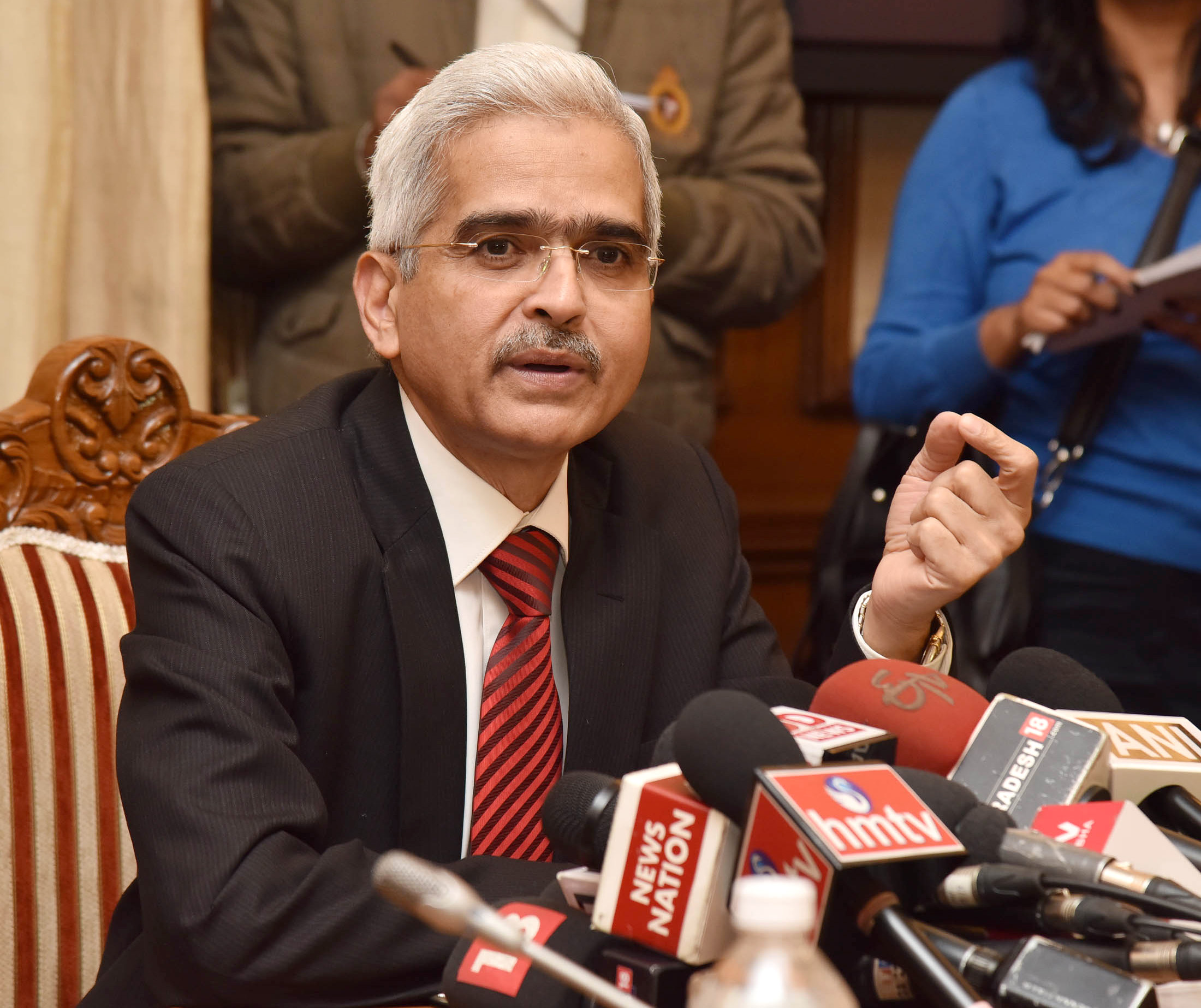
Shaktikanta Das explains what India's strong economic fundamentals are in 6 points

India’s gross domestic product (GDP) grew 13.5 per cent in the April-June quarter, according to data released by the National Statistical Office (NSO) on August 31. It was down from the 20.1 per cent recorded in the corresponding quarter last year and up from 4.1 percent sequentially, showed the data.
Shaktikanta Das, Reserve Bank of India governor told a media company that the central bank was studying why the April to June GDP growth was lower than RBI’s projection and it will discussed at the next Monetary Policy Committee meeting.
The monetary policy going forward will be nimble-footed and calibrated, he said.
In April, retail inflation did peak but it has softened since then. However, in July there has been a rise of 6.7 per cent and estimates indicate that inflation may have picked up slightly in August. Acknowledging that the road ahead for inflation could be bumpy, the RBI governor said it is expected to moderate in the second half of the current fiscal. Further, he pointed out that in the last quarter retail inflation will reach within the tolerance band.
India’s economic fundamentals
However, despite the uncertainty around the globe, India’s economic fundamentals seem to be on a firm footing. And, at a meeting on Monday (September 5), Das gave a quick six point assessment of India’s macroeconomic fundamentals. They are:
Firstly, though major economies may have to grapple with recession or face considerable moderation in their growth momentum, India is viewed as one of the fastest growing major economies in the world in 2022. Investors are bullish about India and this is seen in the inflow of portfolios into India since July 2022. Inflows in August alone are at US$ 7.5 billion and this is 16 times more than the net inflows in July.
Secondly, commodity prices have softened and supply chain pressures have lessened the impact of the trade shock that India faced after the pandemic and the war. With the consequent easing of imported inflation pressures, India’s CPI inflation has peaked in April 2022. Further, the average Indian basket crude price in August at US$ 97.4 per barrel has turned out to be lower than what was predicted for the full year – US$ 105 per barrel – in the monetary policy resolution of August 5. India’s inflation is lower than its other trading partners as well.
Thirdly, the shift in the commodity price outlook is also changing the assessment of India’s current account deficit in 2022-23, which is now expected to remain well within sustainable levels. The fourth point is that when food security is being threatened around the world with shortages and soaring prices, India’s large buffer stocks of food grains add to the domestic supply and assure food security on the domestic front.
Fifthly, India’s foreign exchange reserves of US$ 561 billion (as on August 26) act as a cushion against external shocks. The reserves are also reinforced by forward assets as well.
Lastly, according to the RBI governor, India’s banking system is well capitalised with improved asset quality. This is a key pillar of financial stability and is expected to provide positive spillovers for the financial markets.

